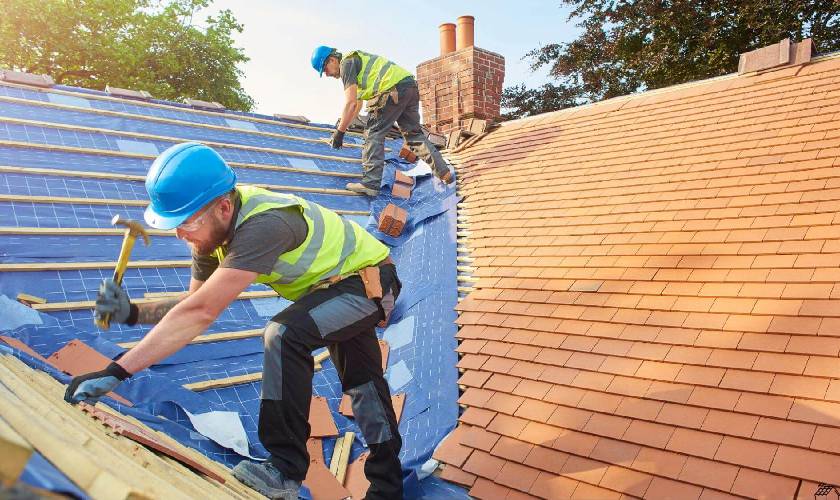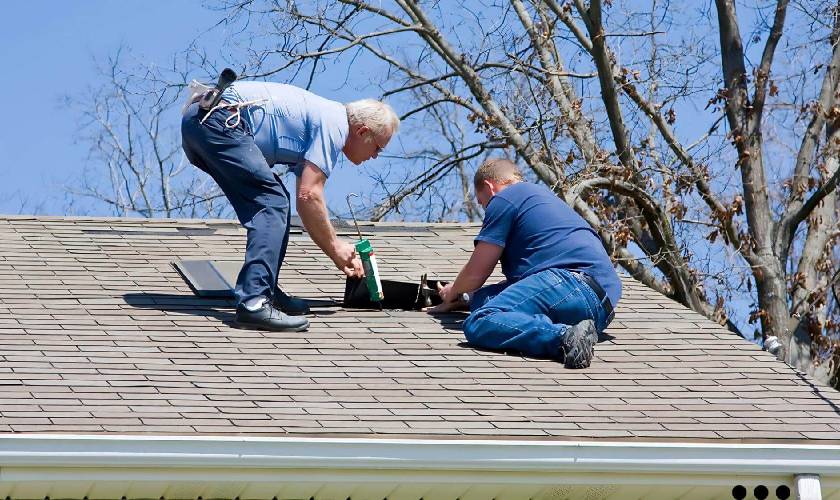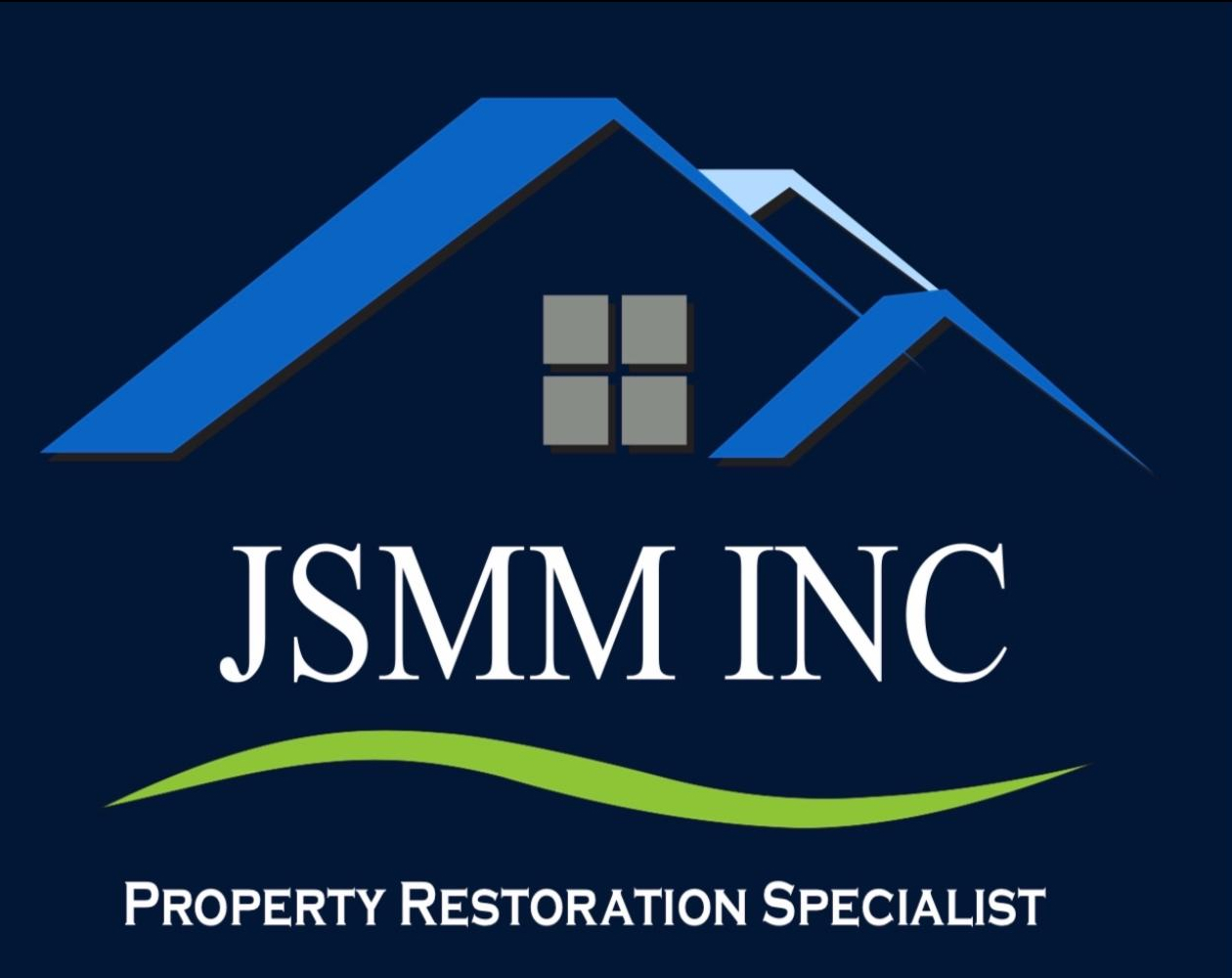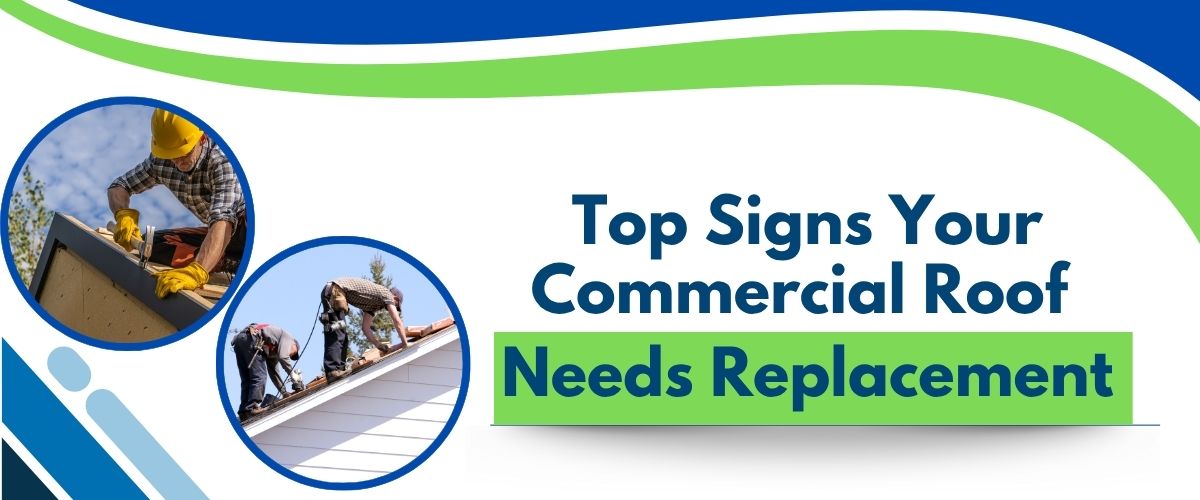A roof protects more than your building. It keeps your business safe and dry. Many business owners do not think much about the roof over their heads. They only notice problems when water drips into the office, products get ruined, or energy bills go through the roof. Poor roof care can cost you money, time, and trust if leaks cause work to stop or damage your reputation.
Staying alert to the signs of trouble can make the difference between quick fixes and major problems. This blog will skim through the most clear signs that point to the need for commercial roof replacement. Do not wait for a disaster. Learn what to watch for and how to keep your business safe and strong.
Table of Contents
ToggleEssential Warning Signs Your Commercial Roof Needs Replacement

Not all roofs fail the same way. What looks normal on a house can spell trouble for a business. Commercial roofs are often flat or low in slope. This makes them act differently from most steep, shingled home roofs. Damage can hide until it is too late. Knowing how commercial roofs break down can help you spot issues before they lead to loss. Below are signs that you should not ignore and seek the assistance of a professional commercial roof installation in Illinois.
-
Visible Water Damage or Persistent Leaks
When water stains show up on ceiling tiles or walls, the roof is often to blame. A small stain may look harmless, but even one can mean water is getting inside. If your staff needs buckets to catch drips or you keep fixing the same spots, your roof may be failing. Over time, water can rot wood, rust steel beams, or make mold grow inside the building.
Disorders such as wet insulation or warped drywall can add up fast. Unlike small home leaks, business leaks can shut down rooms and stop work. Do not hope the problem will go away. Lasting leaks mean it is time for a serious look at commercial roof replacement.
-
Sagging or Uneven Roof Surface
A flat or smooth roof should look just that—flat. If you see dips, waves, or places where water pools after rain, your roof is showing stress. Sagging often means that moisture got in under the surface. That can weaken the boards, metal, or support beams below. When this happens, the risk of a sudden roof collapse gets real.
Even if the roof does not cave in, a sagging roof collects water, which speeds up rot and damage. These problems do not fix themselves. A warping or dipping roof surface is a sign to ask about replacement before a disaster happens.
-
Increased Energy Bills and Decreased Efficiency
Have your heating and cooling costs gone way up without a reason? A cracked, old, or damaged roof can cause air leaks. It lets in hot air in summer and cold air in winter, working against your HVAC system. Many business owners blame bad windows or old air units, but the roof is often the problem. Poor roof insulation will make every season harder and more expensive. Catching this early can point to the need for a new roof and bring your bills back to normal.
-
Frequent Repairs and Escalating Maintenance Costs
Do you call in help to patch the roof every few months? Are repairs adding up to more than you want to spend, without solving the root problem? Small issues can grow if the whole system is wearing out. If you keep fixing the same problems, the roof is probably near the end of its life. At some point, roof replacement is the smarter choice. A new roof may cost more up front, but it saves money in the long run.
-
Obvious Roof Membrane Damage or Wear
- Sun bleached or bare spots
- Loose seams or bubbles under the top layer
- Cracks, holes, or torn spots
What to Do When Signs of Roof Failure Appear

-
Schedule a Professional Roof Inspection
-
Comparing Repair vs. Full Replacement Options
- How many repairs have you done in two years?
- How old is the roof?
- Are leaks spreading, or is the membrane breaking down in many places?
- Do repair costs add up to more than half the price of a new roof?
-
Selecting the Right Contractor for the Job
The Bottom Line
Catching trouble signs early makes all the impact. A strong roof protects not just your building, but your income, employees, and customers. Ignoring roof problems can shut down a business and cost much more over time. Stay alert to signs like leaks, sagging, high energy bills, growing repairs, and clear material damage.
Work with skilled commercial or residential roofing Illinois for an honest inspection. Do not wait for a disaster. Protect your business and sense of security with a roof that stands strong.


